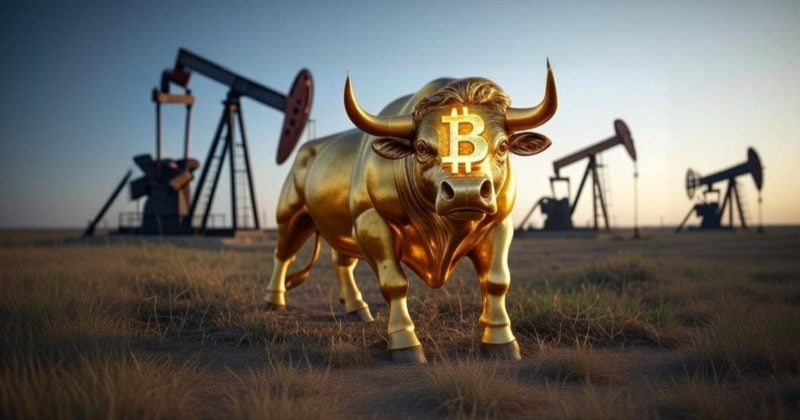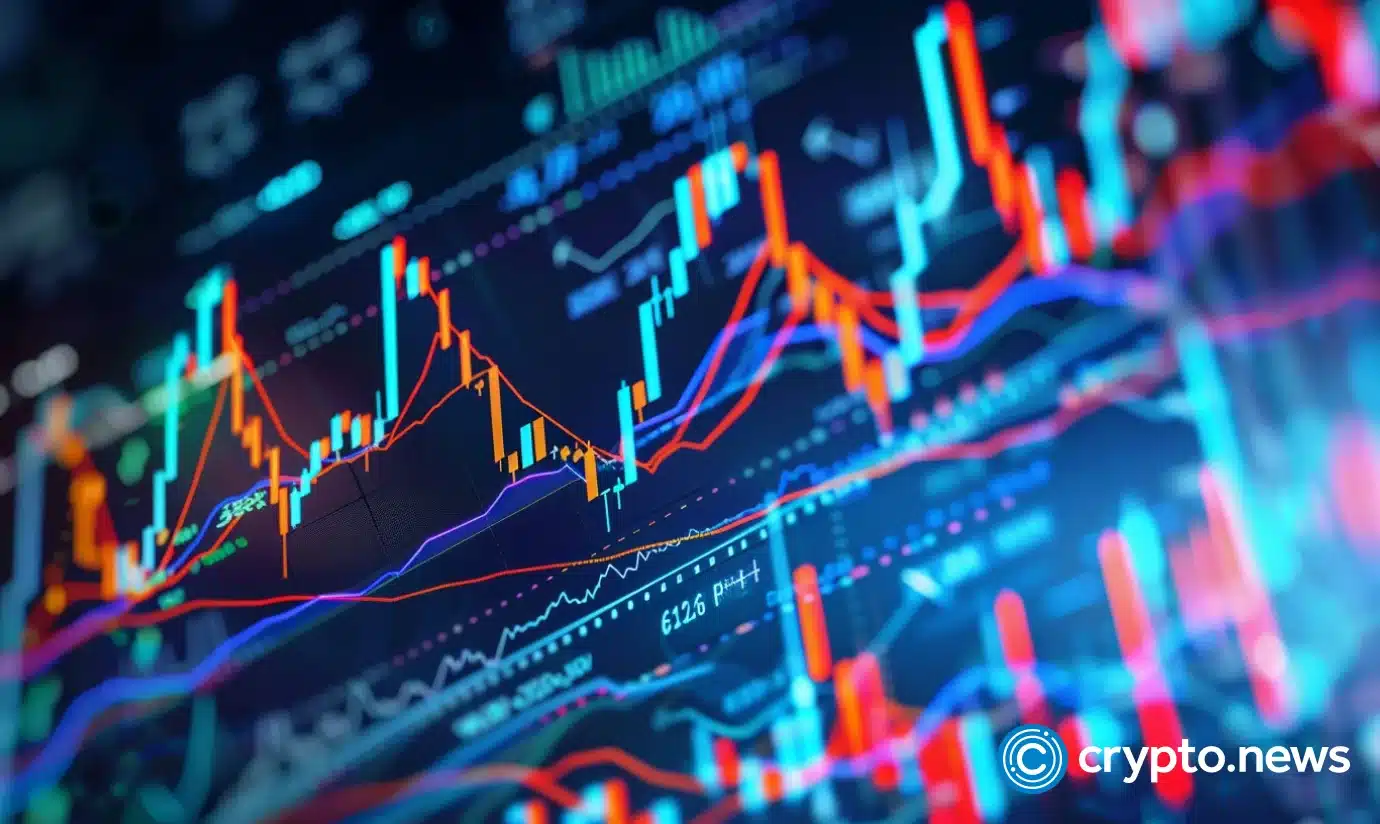Here’s What Happened Today
Donald Trump announced his widely expected “Liberation Day” trade policy. A cornerstone of the policy is a 10% tariff on all U.S. imports. In addition, the plan includes even higher tariffs on goods from several specific countries.
China and the European Union quickly responded. Both said they would introduce their own “countermeasures” to protect their economies. This raised concerns that a new global trade war could be on the horizon. Many experts fear these new policies could lead to rising costs for businesses and consumers.
The stock market reacted immediately. World equities fell as investors were shocked by the size of Trump’s tariffs. Uncertainty about how countries will respond fueled the market’s volatility. Analysts predict further volatility over the next several days as governments and businesses consider the impact of these trade shifts.
The drama is still unfolding, and the full extent of Trump’s ploy is not yet clear. Nevertheless, today’s developments highlight the risks of sudden shifts in trade policy. Governments, companies, and investors will be closely watching to see what happens next.
Who Is Hit the Hardest?
The new tariffs apply to countries across the world. Some of the hardest-hit include:
Country/Region | New Tariff Rate |
European Union | 20% |
26% | |
Japan | 24% |
China | 34% (on top of existing 20%, totaling 54%) |
Even small and struggling nations were affected. However, Canada and Mexico, two key U.S. trade partners, were spared from the highest tariffs. They still face a 25% tax on some goods not covered by free trade agreements.
How Were Tariffs Decided?
The White House claims these tariffs are “reciprocal.” However, reports suggest they were based on a simple formula:
- The trade deficit a country has with the U.S.
- Dividing that deficit by its exports to the U.S.
- Multiplying the result by half
This means countries that sell more to the U.S. than they buy from it face higher taxes.
Global Reactions
Nations around the world are pushing back:
- China called the move “bullying” and promised countermeasures.
- Canada said the tariffs would “change the international trading system” and vowed to respond.
- European Union called it a “major blow to the world economy” and is preparing countermeasures.
- Mexico will announce its response soon.
Economic Impact
The announcement caused a sharp drop in stock markets worldwide:
Market | Change |
Nikkei 225 (Japan) | -2.8% |
Kospi (South Korea) | -1% |
Hang Seng (Hong Kong) | -1.5% |
Stoxx 600 (Europe) | -2% |
CAC (France) | -2.5% |
DAX (Germany) | -2% |
FTSE 100 (UK) | -1.5% |
Dow Futures (US) | -2.8% |
S&P 500 Futures (US) | -3.4% |
Nasdaq Futures (US) | -3.8% |
Gold prices reached record highs as investors looked for safe haven. Some economists warned that the tariffs could trigger a global recession.
U.S. Position on NATO
Despite tensions in trade, the U.S. reasserted its allegiance to NATO. The U.S. Secretary of State, Marco Rubio, stated that the U.S. will continue to be a member of the alliance. He added that NATO needs to be even more powerful.
However, Trump has expressed doubts about NATO. He has suggested that countries not paying enough for defense may not receive U.S. protection. Vice President JD Vance echoed similar concerns. He urged Europe to “step up” its own defense and warned about security risks “from within.”
Trump’s new tariffs mark a turning point in global trade policy. The world is responding, and economic uncertainty is rising. With nations planning countermeasures, the situation may escalate further. Investors and businesses worldwide are watching closely.
Remember, investing in cryptocurrencies involves risks, and it’s important to conduct thorough research and seek professional advice before making any financial decisions. (Please keep in mind that this post is solely for informative purposes and should not be construed as financial or investment advice.)
















 English (US) ·
English (US) ·